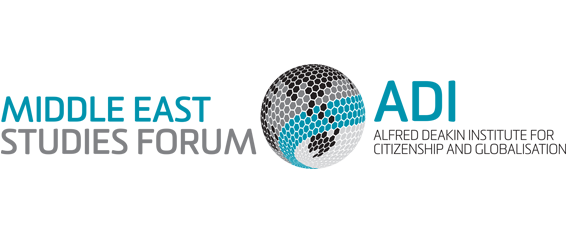About Iran Election 2021
The system
The Islamic Republic of Iran is divided between elected and non-elected positions of power.
The President of Iran is the most senior elected official and the head of executive branch of the government presiding over the Cabinet. The Iranian parliament (majles – the legislative assembly), Assembly of Experts (responsible for appointing the Supreme Leader), and local Councils (responsible for appointing mayors) are three other elected branches in Iran.
Since 1981, Iran has held presidential elections every four years, with each president limited to a maximum two four-year terms.
Why is it important?
Iranian Presidential elections are one of the few periods of open, factional political contest in an otherwise opaque political system. Its outcome is usually an indicator of Iran’s intentions in international relations over the next few years.
The players
While a range of actors across the political spectrum participated in the Islamic Revolution in 1979, within the first few years, close companions of Ayatollah Khomeini under the banner of Islamic Republican Party (IRP) monopolized power and eliminated all other players. Mohammad-Ali Rajai the second president of the Islamic Republic and Ali Khamenei (president for two terms from 1981-1989 and the current Supreme Leader) were from IRP. In the late 1980s, internal competition in IRP led to its dissolution and emergence of two factions: a right-wing faction advocating free market but conservative social and political agenda under the leadership of Khamenei and Rafsanjani; and a left-wing faction advocating strong welfare economic policies with open social and political views. The latter was represented by Mehdi Karroubi and Mir-Hossein Mousavi, both under house arrest for their role in the 2009 Green Movement.
In the 1990s, technocrat bureaucrats of Rafsanjani’s government made a coalition with the left-wing to create a Reformist umbrella political faction. With their support, Khatami won two elections of 1997 and 2001. Meanwhile, younger hardliner conservatives often with close links to the Revolutionary Guards sidelined traditional right-wing politicians and helped Mahmoud Ahmadinejad take power in 2005. The split in the conservative camp deepened in the 2013 election when reformists sided with some moderate conservatives to support Hassan Rouhani. The political landscape in the 2021 election is divided into three notable factions: hardliner conservatives (also called Principalists) composed of politicians close to the Supreme Leader and IRGC; reformists, and moderates. President Rouhani identifies himself with the moderate faction.
Iranian presidents and their political orientation
Name | In office | Political Orientation |
|---|---|---|
Abolhassan Banisadr | 1980-1981 (1y, 4 months) | Independent |
Mohammad-Ali Rajai | 1981-1981 (28 days) | Islamic Republican Party |
Ali Khamenei | 1981-1989 (two terms) | Islamic Republican Party (right wing) |
Ali-Akbar Hashemi Rafsanjani | 1989-1997 (two terms) | Centre-right |
Mohammad Khatami | 1997-2005 (two terms) | Reformist |
Mahmoud Ahmadinejad | 2005-2013 (two terms) | Principalist |
Hassan Rouhani | 2013-2021 (two terms) | Moderate |
The process
A deadline is set at each election in which potential candidates can nominate themselves. The nominees are then vetted by the Guardian Council, which announces the approved candidates three weeks before election day. The Guardian Council often chooses a small number of candidates (less than 10) out of several hundred nominees, and the decisions are often controversial due to a lack of transparency. Usually, several approved candidates drop out during the campaign in favour of an allied candidate.
A candidate must receive more than 50% of the vote to be elected president, and if in the first round there is no clear winner, a second-round tie-break takes place the following week between the two highest-polling candidates. A second-round run-off has not taken place since 2005.
Election is by universal suffrage of all Iranians over 18. The process is managed by the Electoral Office of the Ministry of Interior. There is no independent electoral body in Iran.
Low turnouts are interpreted both in Iran and abroad as indicator of the level of dissatisfaction in the system and government of the day. Therefore, the electoral season is a period of heightened tension and relative openness at the same time.

